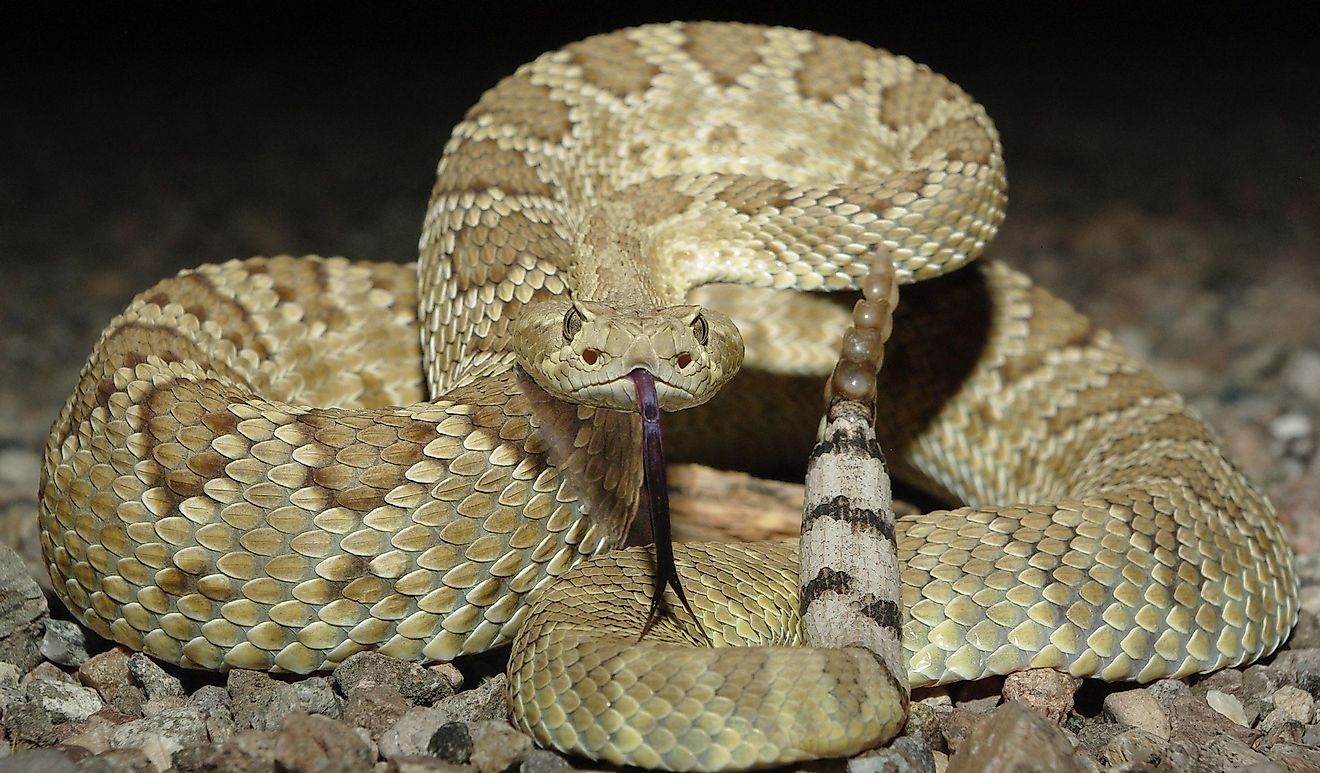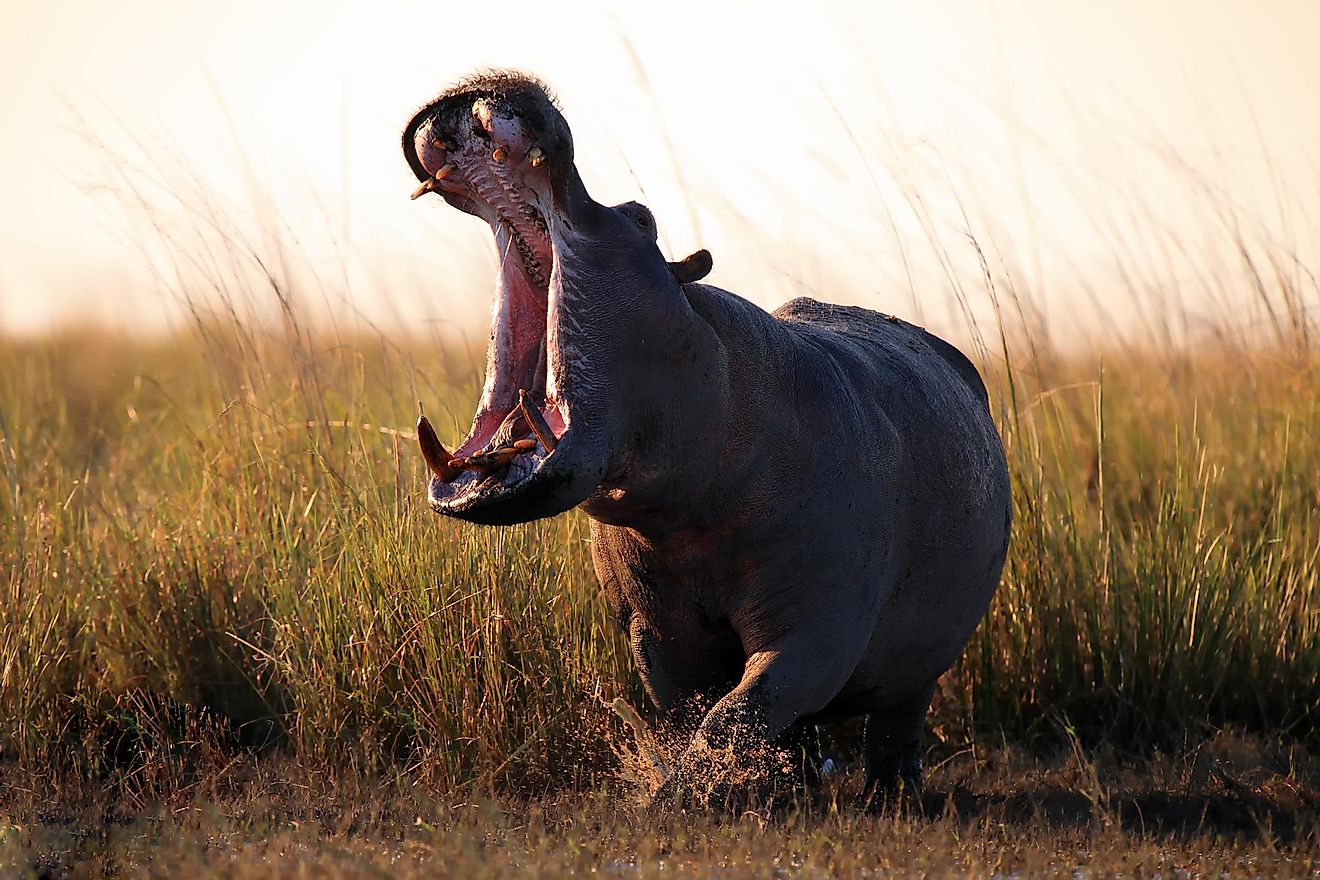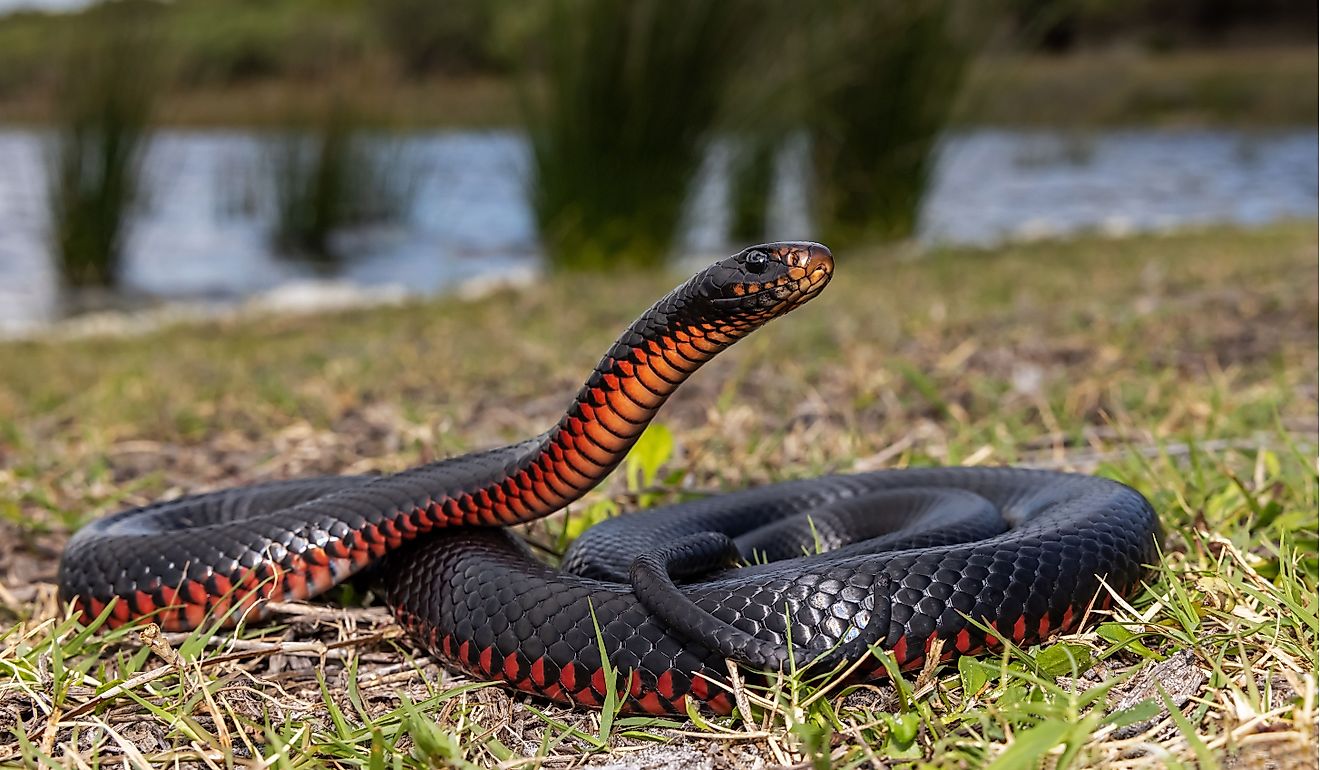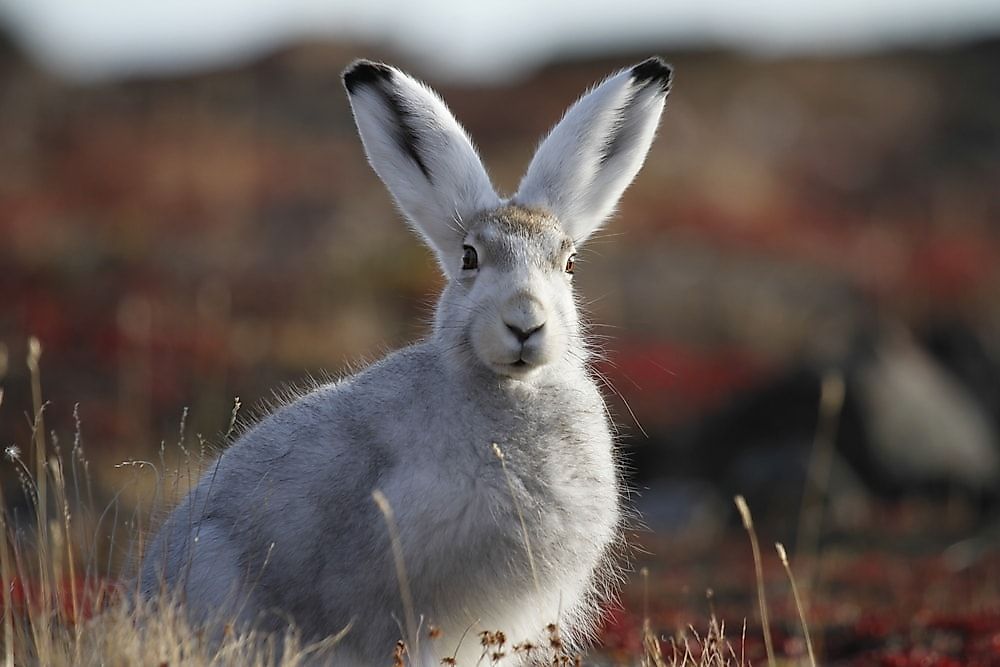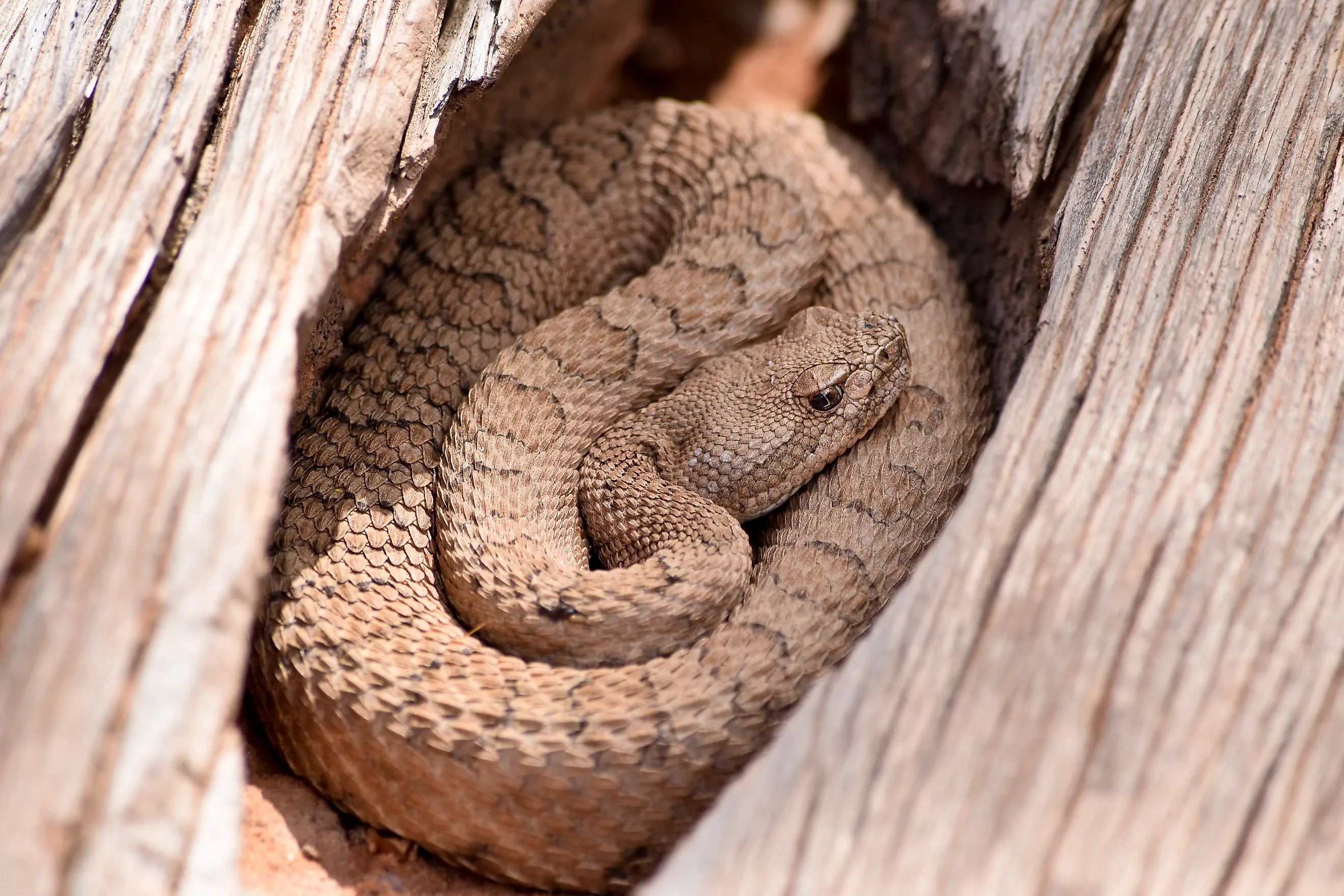
The Most Dangerous Snakes In Colorado
Colorado is an outdoor enthusiast’s paradise. With a wide scale of rivers, lakes, mountains, and trails, there is no shortage of opportunity to adventure. But lurking in the depths of each of those landscapes are hidden dangers. In each of those regions, there is some species of snake abound, some more harmful than others. While fatal snakebites are rare in Colorado, some species possess venom that can be deadly without medical treatment. Most snakes, however, prefer to avoid humans altogether.
Being aware of which snakes are harmful and should be avoided is something everyone should know before exploring the Colorado wilderness, for their own sake, and for the snake of the slithering creatures that roam the lands. The state is home to roughly 30 different species of snakes, with three of them being highly venomous. Read on to learn more about the snakes in Colorado to avoid.
Faded Rattlesnake
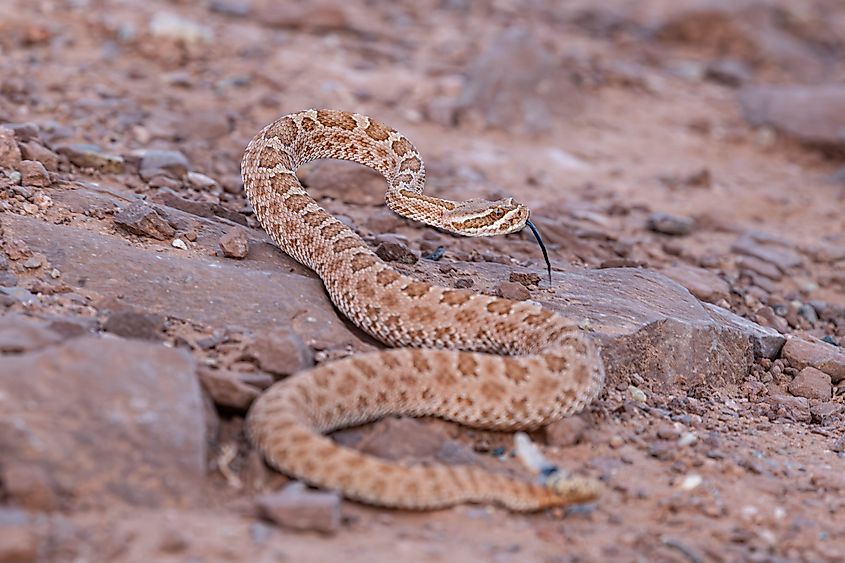
Scientifically referred to as the Crotalus concolor, the faded rattlesnake, or midget faded rattlesnake, contains the most toxic venom of its Crotalus subspecies. Considered one of the most venomous snakes in North America, avoiding these snakes is highly recommended, but interaction with humans is rare due to their habitat and nature.
Preferring a cold desert inhabited with sagebrush, rock outcrops, exposed canyon, and other woody plants, Colorado is a prime choice for residency. The location of the snakes dwelling is particularly important as the outcrops provide extensive thermal cover during the long, cold winters. A snake den is definitely the last place you’ll want to find yourself, as groups of up to 100 have been known to hibernate together.
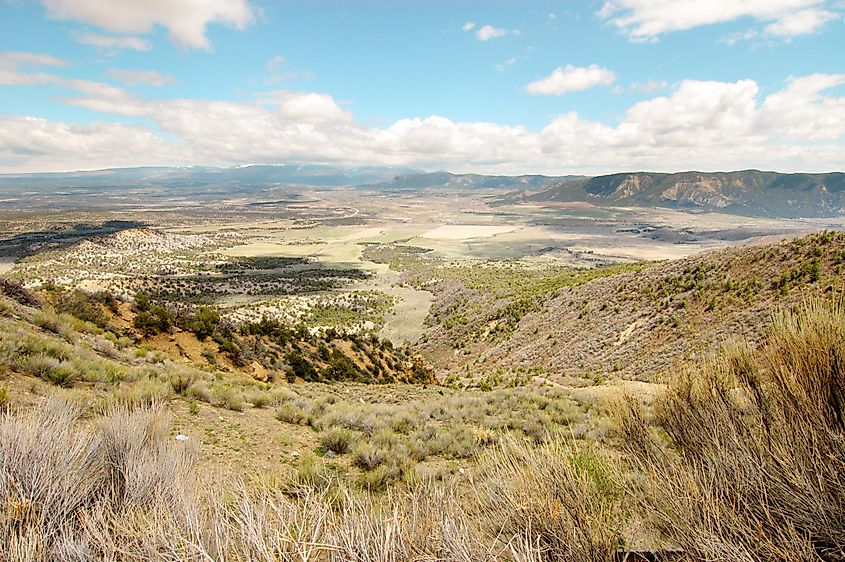
The snakes get their nickname from the pinkish, pale brown, yellow-brown, straw-colored, reddish, or yellow-brown ground color patterns they display. The patterns are distinct in child rattlesnakes but becomes so faded overtime that the snake is almost indistinguishable from the ground color in its habitat. Longer in length than the females, male faded rattlesnakes can grow up to 30 inches.
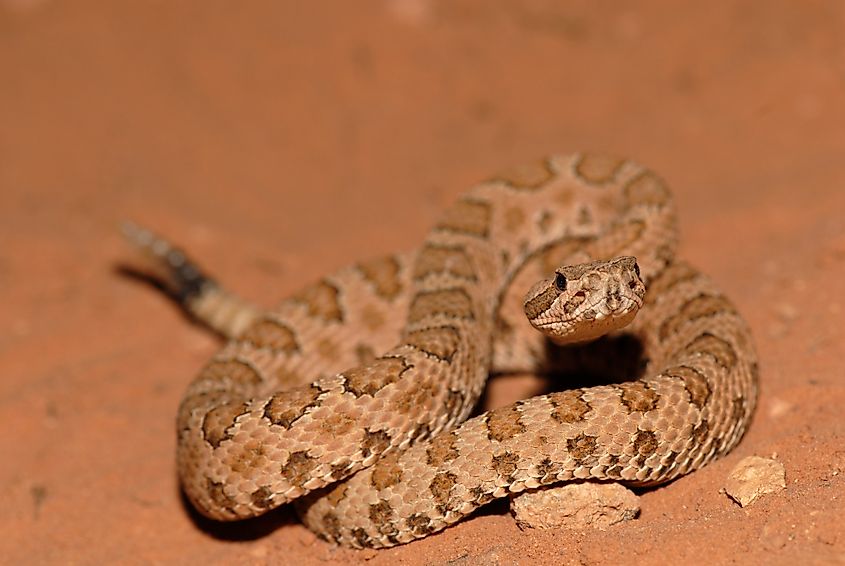
Being of a slightly smaller stature, the creature preys on generally smaller animals. Through their sit and wait ambush strategy of feeding, they target lizards, small mammals, birds, mice and rats. Over 25 different types of prey have been found in its eating patterns. The prey also varies by the habitat in which the rattler is hunting. Lizards largely have been consumed in the rocky, desert areas and mammals and birds are targeted in the sagebrush locations.
As previously mentioned, the faded rattler is one of the more venomous snakes in North America; however, attacks are rare in humans — but not impossible. If you find yourself the unlucky victim of a snake attack, seek medical attention immediately. Numbness, swelling, loss of balance, vomiting and death are just some of the side effects one can experience if left untreated.
Western Massasauga
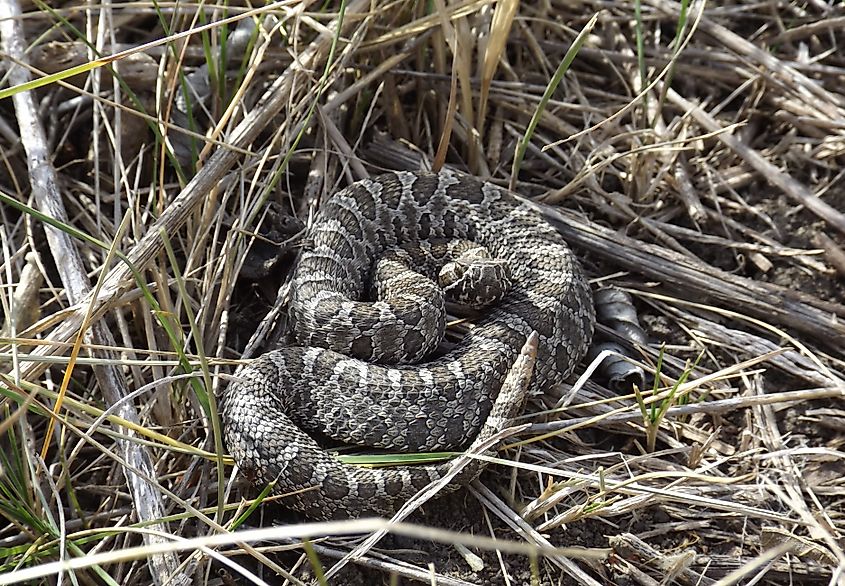
The Sistrurus tergeminus, commonly known as the Western massasauga, is another rattler that calls Colorado one of its homes. Located between the Mississippi River and the Rocky Mountains, it can be found in grasslands, on the edge of open woodland, rocky hillsides and even in the burrows of other animals.
Lizards and frogs are sometimes consumed by the reptiles, but rodents are their main source of nutrition. These snakes tend to be more sluggish during the cooler months and more active in warm weather. In summer, they bask but often avoid activity during the hottest parts of the day, becoming more active in early morning or evening. Listen for the high-pitched rattle of these “buzztails” around water, or any heavily covered ground.
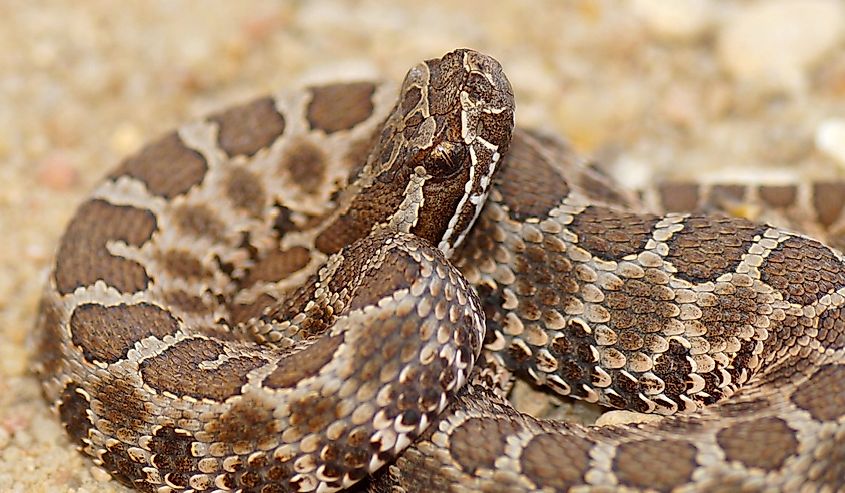
Although the venom of a Western massasauga is as potent as a larger rattlesnake, the amount that can be delivered in a bite is significantly lower than its cousins of greater stature. Since less venom may be administered through a bite, fatality is not the greatest cause for concern, unless left untreated, but rather symptoms of swelling, necrosis and severe pain. Primarily a nocturnal creature, take extra precaution when exploring their habitats in the evenings.
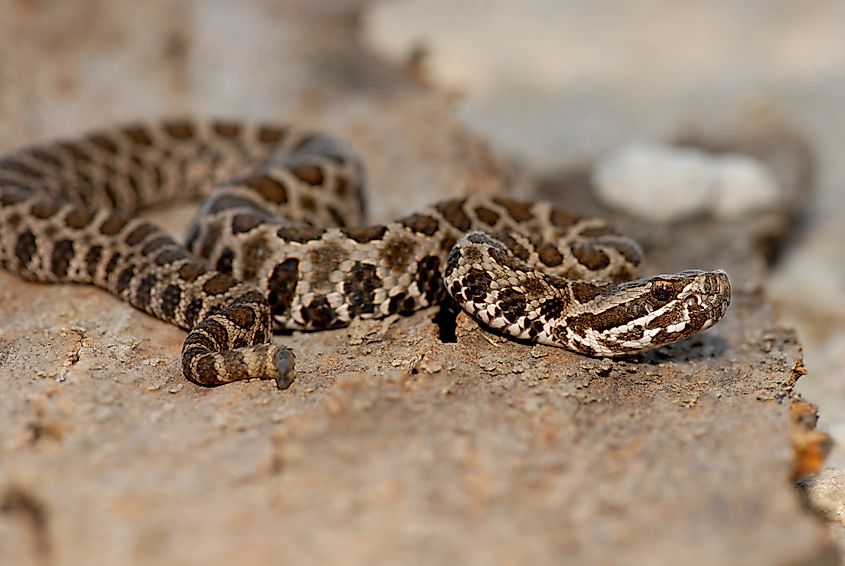
Colorado is filled with beauty and recreation all over the state. Different activities, in different regions in different seasons. But while enjoying everything there is to offer, don’t completely disregard your safety. Remember: All venomous snakes in Colorado are rattlesnakes, which can often be identified by their distinctive rattle — though caution is advised, as not all snakes display this clearly. If you hear a rattle or see a thick-bodied snake with a triangular head, assume it's venomous and give it space.
Most of the time you won’t need to get too close to the venomous creatures and the sound of the rattle alone should put you on high alert. Rattlers will shake their tails as a defense mechanism against potential predators or intruders — so if you hear the shaking, heed the warning.


